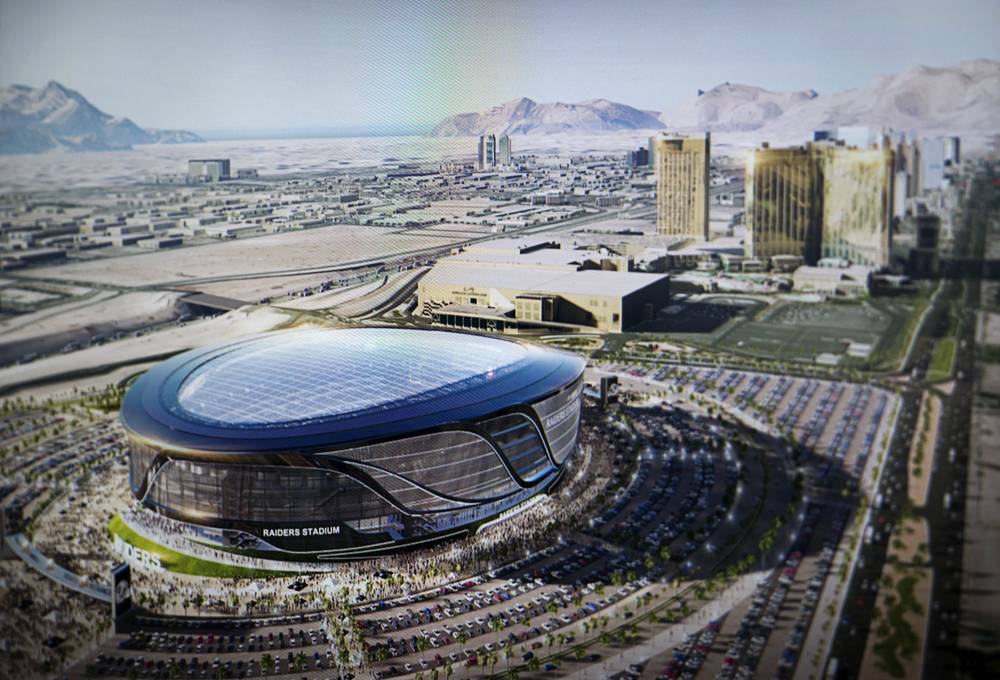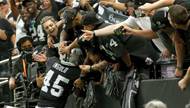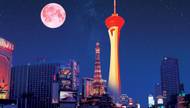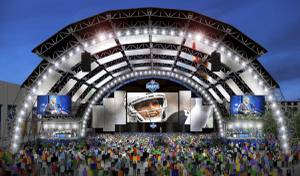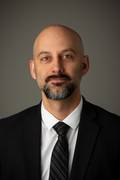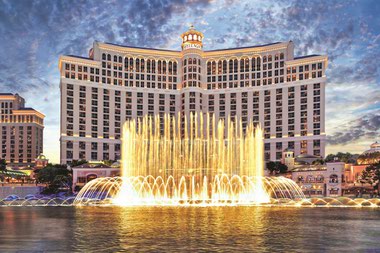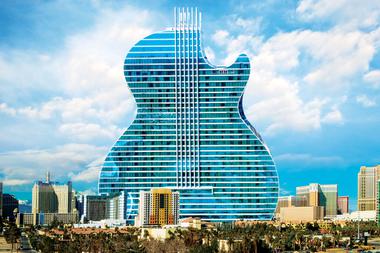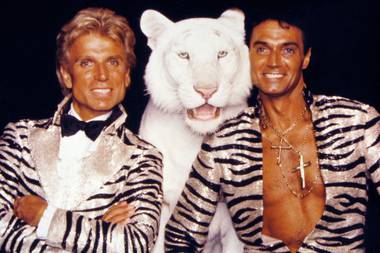We are moving quickly—though not quickly enough for some—into the “Seriously, should we do this?” portion of the stadium debate.
Now that the list of possible locations has been narrowed to two—the Bali Hai golf course just south of Mandalay Bay on the Strip or on Russell Road acreage just west of Interstate 15—the developers of the proposed $1.9 billion stadium project that could lure the NFL’s Oakland Raiders to Las Vegas are hoping the governor will call a special legislative session to put the stamp on a financing plan before election day.
No matter which way legislators go, we still won’t know if the Raiders will actually make it to Vegas, or if they do, exactly how NFL football will play out here. What we do know is that the Bali Hai site is as close to an ideal location as it gets, and that building a 65,000-seat domed stadium would have a tremendous impact on the Strip.
Apologies for hauling out an over-used cliché, but this is a game-changer, and if it wasn’t, why would we do it?
The south Strip location is perfect not only for the stadium, with its proximity to the airport and two different freeways, but for the Strip itself. Building the stadium across Russell from Mandalay Bay’s convention center provides a balance on Las Vegas Boulevard, unequivocally still the engine for all of Southern Nevada. All the other significant future Strip developments—this year’s Lucky Dragon casino, the larger Resorts World and Alon projects, Wynn’s possible “Paradise Park” entertainment lagoon and the expansion of the Las Vegas Convention Center at the former Riviera site—are in the works at the north end of the Boulevard.
But in the case of those projects—hotels, casinos, events space and imaginative amenities—we know what we’re getting into. The stadium’s impact on the Strip will be something else.
Sheldon Adelson isn’t the only person who thinks the stadium is a “must-have” for Las Vegas. Robert Lang, director of Brookings Mountain West at UNLV and a noted authority on urban growth and economic development in the region, says the project could spark public transportation development on the Strip and around the Vegas Valley, and for that reason, it should have happened a long time ago.
“We need to do this. I’ve said it for years,” Lang says. “What we do is build big buildings and invite people into them and charge them for being there and program them well. We have all the knowledge and skills within the region to heavily leverage the stadium as a complement to our core industry. It’s not [economic] diversity like a Faraday Future, but diversity within the core economy, like when we realized swimming pools could be made into dayclubs.”
In May, the Clark County Commission voted to allow the Las Vegas Monorail, which currently shuttles people around the east side of the Strip from SLS all the way down to MGM Grand while swinging through the Convention Center, to use investment earnings to extend its line to Mandalay Bay. “Now the most southern part could be the stadium, the end stop,” Lang says. “If we ever built light rail (public transport), it would connect to the monorail just behind MGM Grand, and you could very easily connect with airport access and the rest of the resort corridor. We are already at max capacity on those roadways, and we’ll need some form of transit with crowds like that feeding into the stadium.”
To sum it up, let’s use another cliché—this is about more than football.
It’s easy to get caught up in crazy-huge numbers like the $750 million in public funding for the project, or casual arguments about whether or not Vegas needs the NFL, or how many locals are willing to pay hundreds of dollars to go to the stadium to cheer for a football team that hasn’t won more than eight games in a season since 2002. But there’s another level of “Seriously, should we do this?” that reaches beyond all the obvious reasons to support or fight against this project.
Lang likes to compare Las Vegas to another city to make his case, our closest competitor when it comes to tourism and convention business. In Orlando, he says, this question wouldn’t even be a question, because it dumps all of its tourism taxes back into tourism infrastructure. “And they’re killing us,” he says. “They have 62 million visitors, and they don’t generate [as much] money from resorts as we do. They fixed their stadium and they have the [NFL] Pro Bowl [next year] we should be having.”
